
Workforce Planning is the process of analyzing your current workforce against the business needs of the future to make sure you have the right people in place to meet those needs. This is a high-level recruiting and retention strategy used by companies across the globe to make sure their workforce will actively help the company achieve its long-term goals.
While Workforce Planning is valuable for all companies, it is becoming increasingly important for companies in the trucking industry, where issues related to recruiting and retention are becoming more apparent.
5 Steps for Workforce Planning Success
1. Determine Business Goals
The first step in Workforce Planning is to determine the overall business needs of your company. This is usually the biggest step, as it involves working with key decision makers in your organization to nail down both the short- and long-term goals.
These goals could be anything from an X% increase in growth, providing a better customer experience, or maintaining key people in management positions. Workforce Planning can help achieve them all.
2. Evaluate Your Current Workforce
The next step is to take an in-depth look at your current talent to predict what issues you may run into in the future. What are the strengths of your team? What are the weaknesses?
A problem many trucking companies are facing right now is the age of their drivers. If the majority of drivers are reaching retirement age, that’s a sign that you should begin planning to avoid staffing issues in the future.

Leah Shaver, President of National Transportation Institute
On a recent episode of the Recruit & Retain: Trucking Edition podcast, Leah Shaver, President of The National Transportation Institute, shared her perspective on the subject.
“When we do a pay study with a company, we do ask for demographic information. We look at age, we look at gender and turnover by location. Why? Because you want to monitor threats. Sometimes we’ve helped a company identify that they’re not diversified enough in their recruiting and retention process,” shared Leah.
Another aspect of your workforce to analyze is diversity. Over the past decade, the trucking industry has seen an explosion in this area. In the past 5 years alone, the number of minority individuals in the trucking industry jumped from 26.6% to 40.4%. The increase in diversity in the trucking industry is almost as big as the positive impact diversity has on businesses that make it a priority.
3. Plan
After analyzing your current workforce and identifying your goals, it’s time to make the two work together. This step involves identifying how exactly to get the ideal workforce that will help reach those business goals.

Beth Potratz, CEO of Drive My Way
On that same episode of Recruit & Retain: Trucking Edition, Drive My Way’s CEO, Beth Potratz, shared about Workforce Planning.
“This is planning out not only the goals of the business, but really looking at your fleet from a number of different perspectives to see how it can help accomplish those goals. What’s the age of your fleet? Will people be aging out in the next few years? What’s your turnover rate? Are there specific demographic segments we’re not looking at during recruitment? Overall, what are you seeing in your workforce and what can you glean from that data?” shared Beth.
Maybe you recruit for a local delivery servicer that uses sprinter vans but are planning to add straight trucks to their fleet. Evaluating how this change will be executed from a workforce perspective is key. Will you spend all of your resources training your current drivers to get their CDL B certification? Or will you begin recruiting current CDL B drivers to drive the straight trucks while keeping your current workforce in the sprinter vans? These are all questions that will be answered in the planning stage.
4. Implement
After completing the planning and research, it’s finally time to put your plan into action. This step is more of an ongoing process that could take weeks, months, or even years depending on the plan. While recruiting and retention efforts will be the brunt of the work here, marketing and training are also extremely valuable resources when it comes to Workforce Planning.
5. Analyze the Results
Now that Workforce Planning has been implemented, the last thing to do is to see if it worked. This involves receiving feedback from recruiters and managers on how successful the plan has been. Were those business goals that were laid out in step one achieved? If they were, how did Workforce Planning play into it? This information needs to be quantified in order to show results to key decision makers.
When it comes to Workforce Planning, the best practice is to view it as a cyclical process, as opposed to something you stop and start again and again. This way, instead of reacting to workforce shortages and issues as they occur, you’ll be working to avoid them entirely.
In an industry with a turnover rate much higher than the national average, Workforce Planning is essential to make sure trucking companies are hiring drivers who will not only stay with companies long-term, but help meet their overall business goals as well.





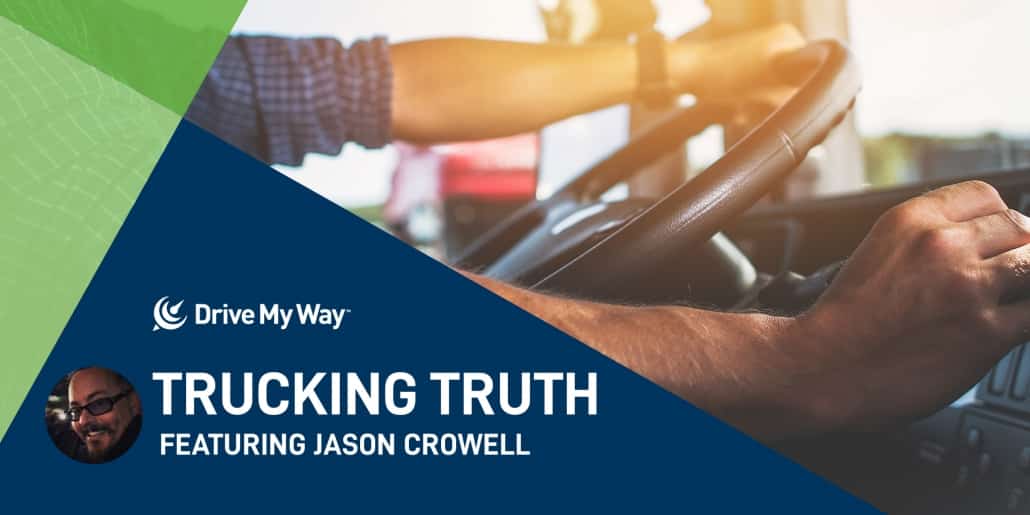

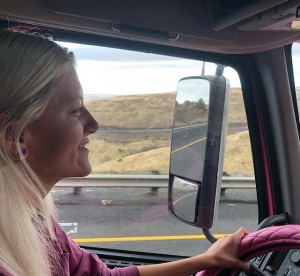
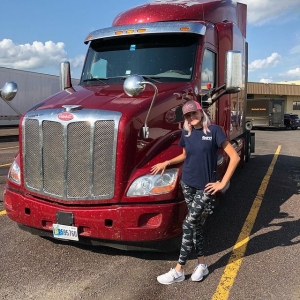


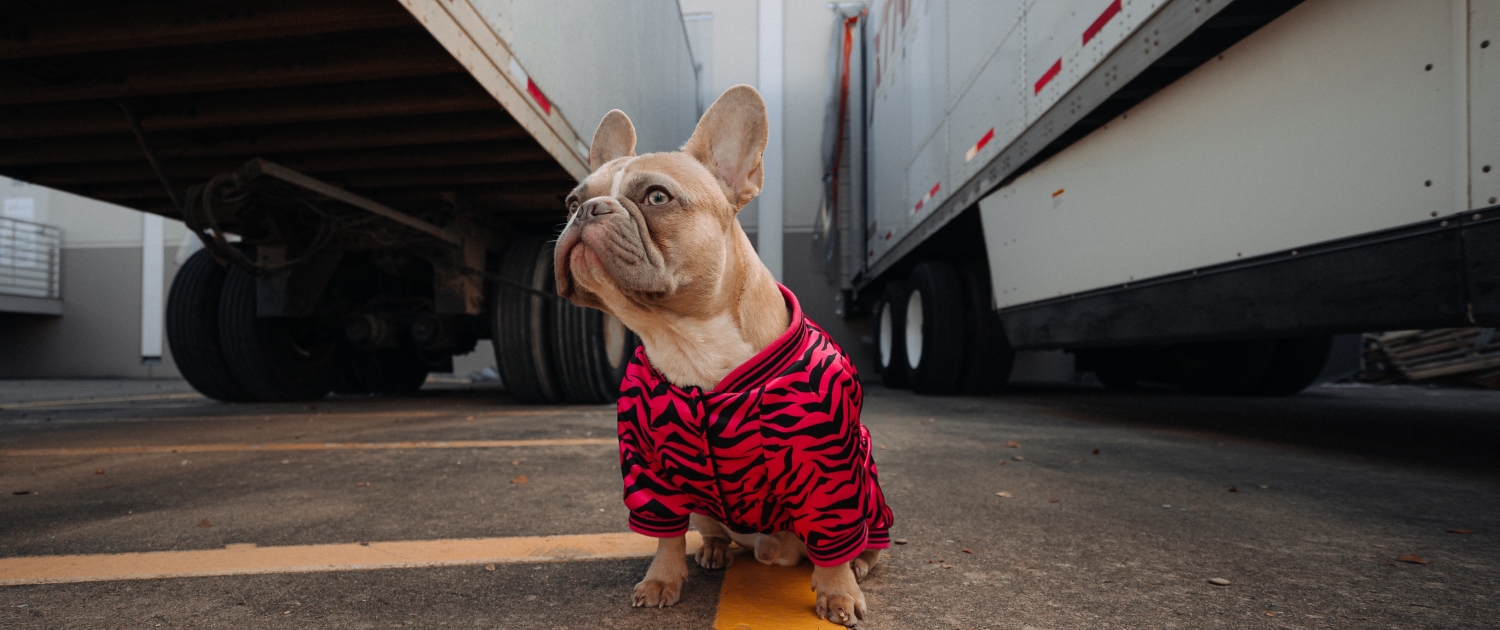 Being a pet friendly trucking company is more than just a perk for some drivers. Offering a pet rider program strengthens company culture, retention, and recruiting. Ultimately, pet programs are about driver satisfaction and happiness and should be considered part of an overarching retention strategy. With strong marketing that displays a positive company culture, pet programs can also bolster driver recruitment efforts.
Being a pet friendly trucking company is more than just a perk for some drivers. Offering a pet rider program strengthens company culture, retention, and recruiting. Ultimately, pet programs are about driver satisfaction and happiness and should be considered part of an overarching retention strategy. With strong marketing that displays a positive company culture, pet programs can also bolster driver recruitment efforts.  Offering a pet program is a great way to boost driver happiness and
Offering a pet program is a great way to boost driver happiness and 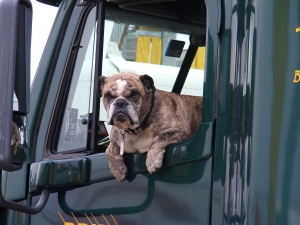




 Early and often is the best rule of thumb for sharing a safety incentive program with drivers. Set clear expectations at the start so that drivers know how to succeed. Based on your metrics for driver incentives, tell drivers exactly what they need to do. The results should be measurable, so drivers feel it’s a fair and attainable goal. Then, share the program in clear, simple language so there’s no confusion or feeling of mystery!
Early and often is the best rule of thumb for sharing a safety incentive program with drivers. Set clear expectations at the start so that drivers know how to succeed. Based on your metrics for driver incentives, tell drivers exactly what they need to do. The results should be measurable, so drivers feel it’s a fair and attainable goal. Then, share the program in clear, simple language so there’s no confusion or feeling of mystery! 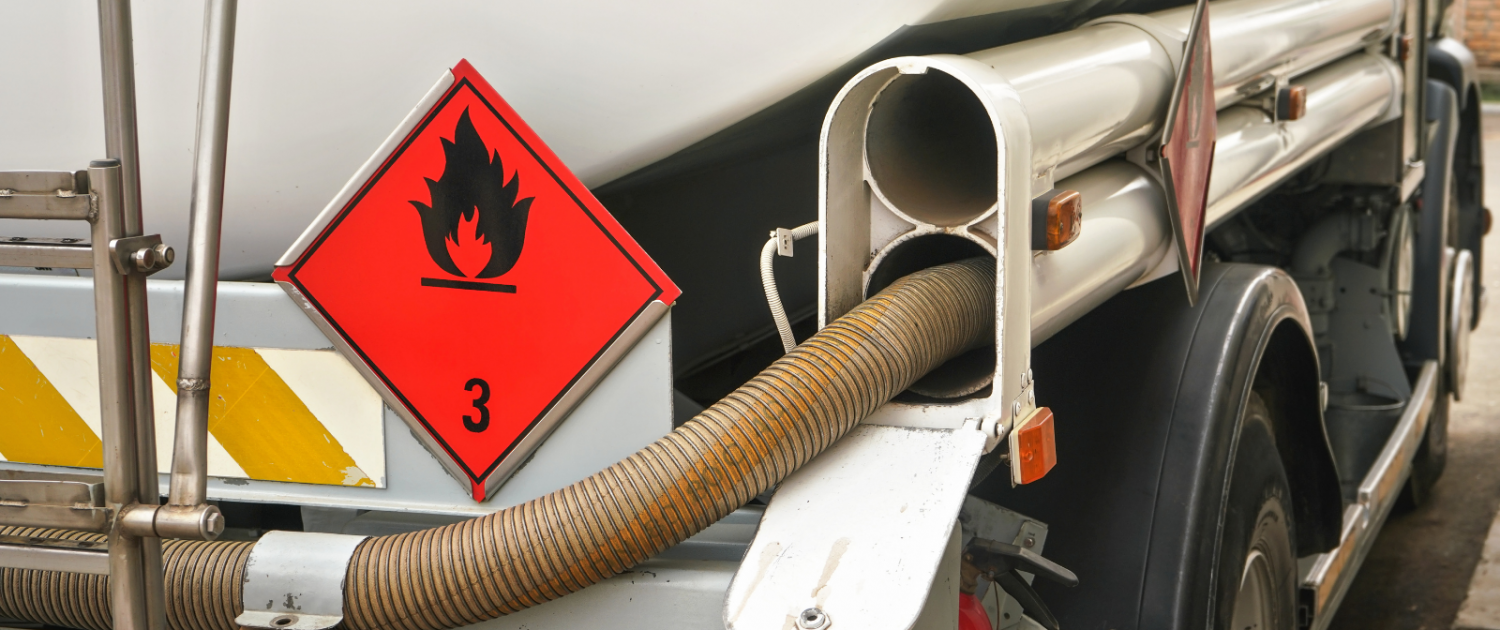 Recruiting drivers to fill your fleet is often a never-ending task. Recruiting a
Recruiting drivers to fill your fleet is often a never-ending task. Recruiting a 

 Unfortunately,
Unfortunately, 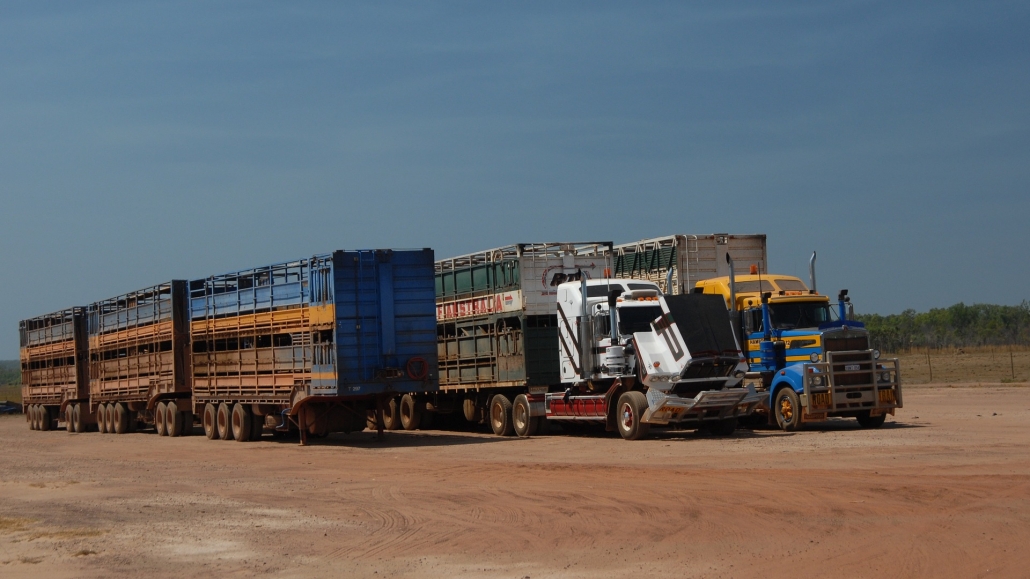
 Who is responsible for fleet safety? Is it left up to the drivers behind the wheel? Does concern for safety come from the top of the organization down? Is everyone aware of your safety policies? If you’re not sure of these answers, one of the best things you can do at this time is get your safety policies written down. And then share them with everyone. This is the best way to
Who is responsible for fleet safety? Is it left up to the drivers behind the wheel? Does concern for safety come from the top of the organization down? Is everyone aware of your safety policies? If you’re not sure of these answers, one of the best things you can do at this time is get your safety policies written down. And then share them with everyone. This is the best way to 
